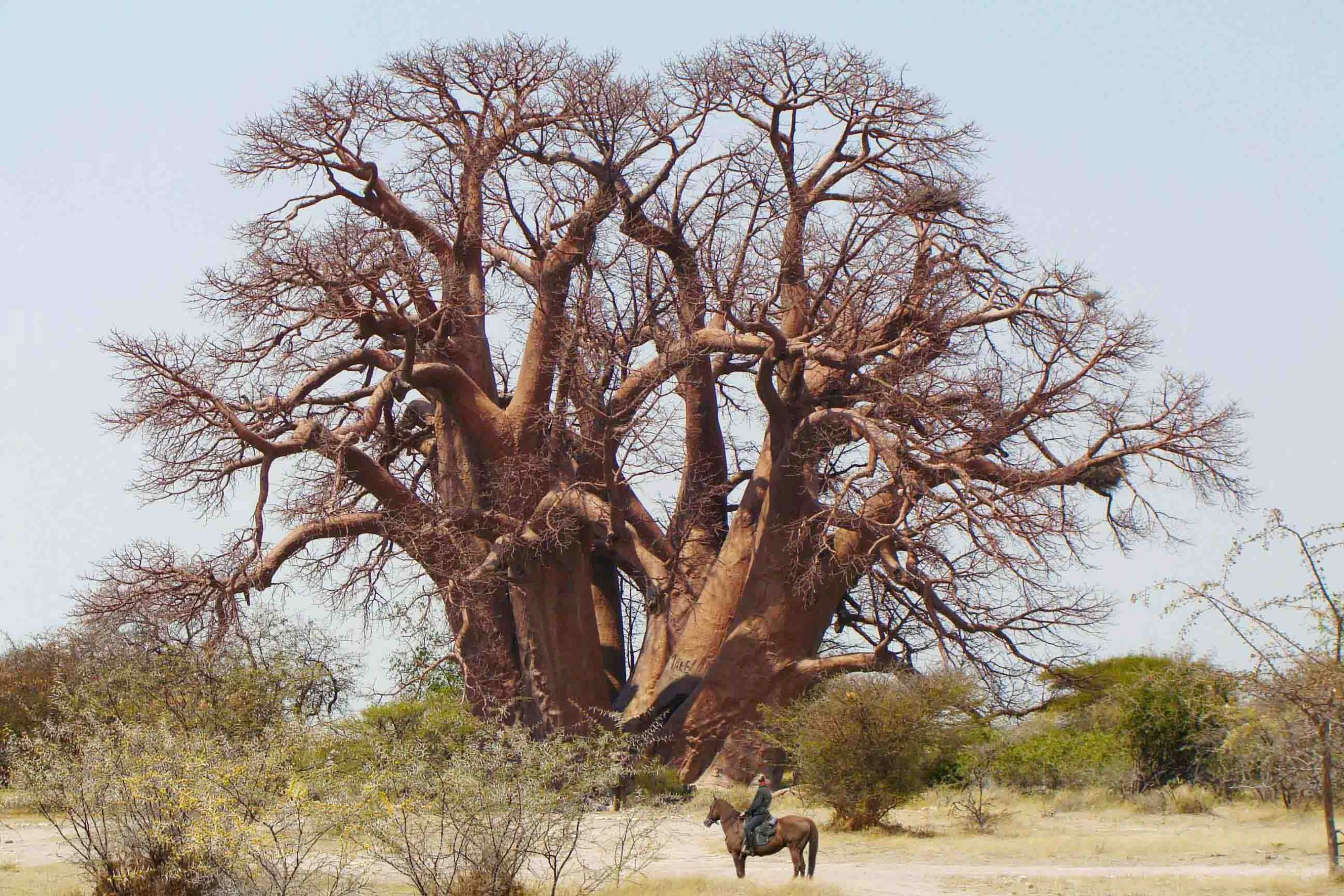Makgadikgadi Salt pans
A great vastness in the Botswana landscape, deceptively inhospitable to some, majestic in its simplicity
What will I experience?
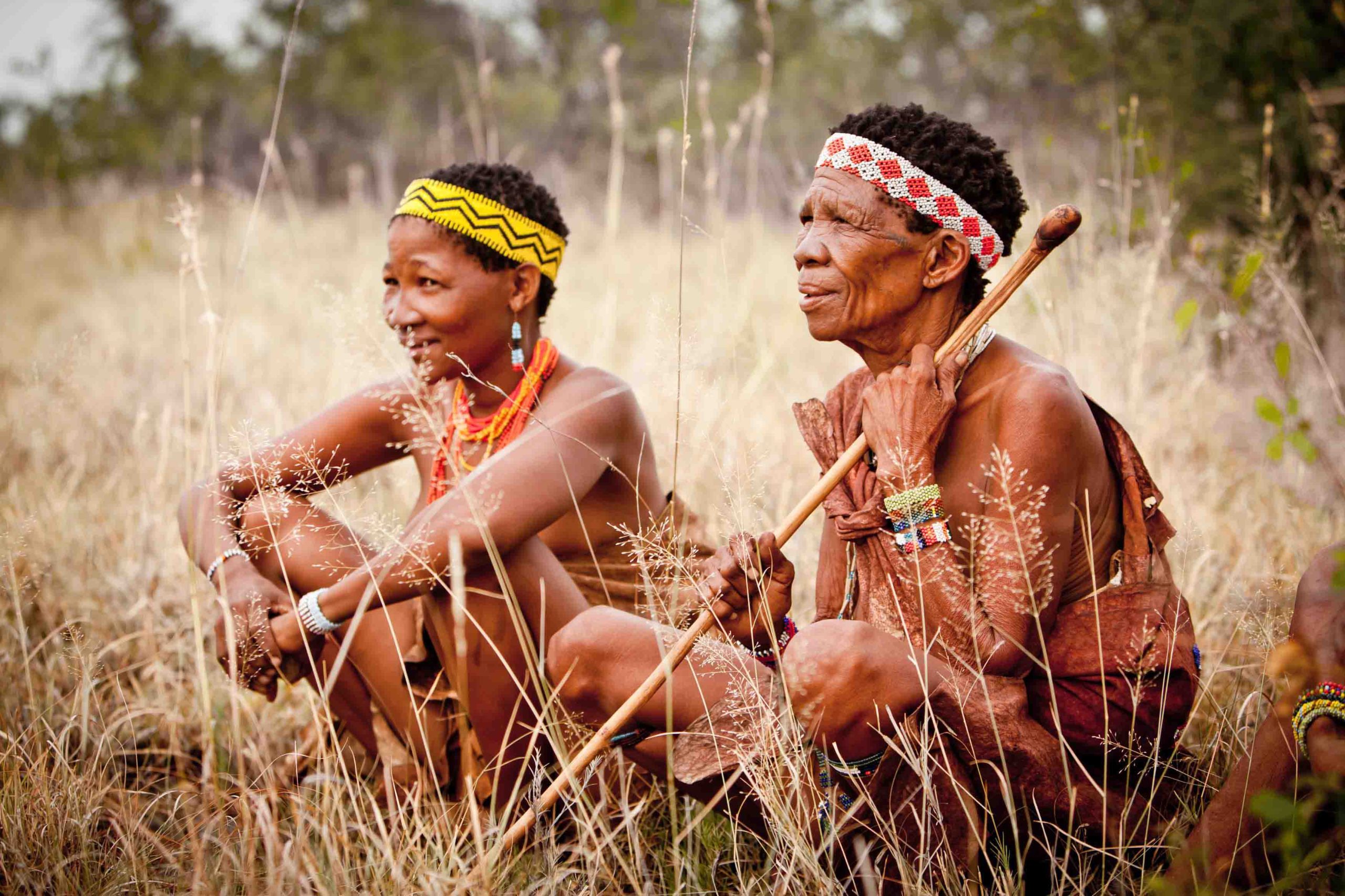
An expanse of white, spreading so far that it is possible to see the curve of the earth when looking towards the horizon. The Makgadikgadi Salt Pans create a feeling like no other, in this vast space, iconic for its deep silence you will truly be able to reflect on matters of the soul. Allow one of Africa’s
most unique landscapes to soothe and captivate you.
Revel in the bravery of the solitary zebra as he forges ahead, alerting the herd to follow. Guided by thousands of years of collective memory and shared instinct, they embark on a perilously long journey to find water, grass and safe breeding grounds. Inspiring in their perseverance these animals have overcome a multitude of challenges, both natural and manmade to resume their migration. The blanket of black and white stripes that cover the pans as far as the eye can see is breathtaking in its beauty and significance.
Tell me more
Northeast of the Kalahari Desert and southeast of the Okavango Delta on what was once the site of one of Earth’s largest inland seas lies the Makgadikgadi Salt Pans.
Covering approximately 30 000 square kilometres (10 000 square miles) the pans are some of the biggest in the world. It is from these pans that wetlands, crucial to the survival and breeding of various animals and birds, spring each rainy season from November until March.
While archaeologists have discovered evidence of early human activity, it is unclear if or how they survived in this inhospitable region of Botswana. It is this very nature of the pans that has protected them from detrimental human activity over the years. It is also this inhospitable nature that makes the region so fascinating, as it is host to only one of two Greater Flamingo breeding grounds in Sub-
Saharan Africa and is the migratory path of one of Africa’s largest zebra populations.
When should I go?
Deciding on when to travel to the Makgadikgadi Salt Pans depends on the type of experience you are looking to have. In order to reach the pans themselves you would need to travel there between April and October during the dry season.
Activities, particularly from April to June, when the days are warm and the nights are very cold, include interactive walks with local Bushmen and San people. Another highlight on the pan in the dry season is quad bike rides where you can gain an appreciation for the sheer size and feeling of the pan. You might also be interested in interacting with habituated meerkats and trying to spot the elusive brown hyena or the iconic desert oryx and gemsbok.
From June until December the best wildlife viewing opportunities present themselves around the river areas. As winds pick up, herds of zebra and wildebeest will begin their migration south towards the Boteti River in anticipation of the rainy season. During this time there are thrilling opportunities to witness predators as they look to pick off any sick or weak animals.
The great zebra migration was discovered as recently as the mid-2000s when collared animals were tracked covering incredible distances and congregating in different areas at different times of year. It is thought to have been disrupted for years by dwindling populations and interference along traditional routes. Since its discovery, the migration continues to move freely once more and this
spectacle should not be missed. There are two opportunities to enjoy this amazing feat, first when the zebras are arriving in the pans from December to January, and then when they start their return journey from March to April.
The rainy season begins in November and runs until March, and as the pans fill up, animals and birds will gather to drink and breed. Avid birders will be thrilled to see the flocks of flamingos coming to feed and possibly breed if the conditions are right. Many other species, including migratory birds are also present during this time.
Gallery
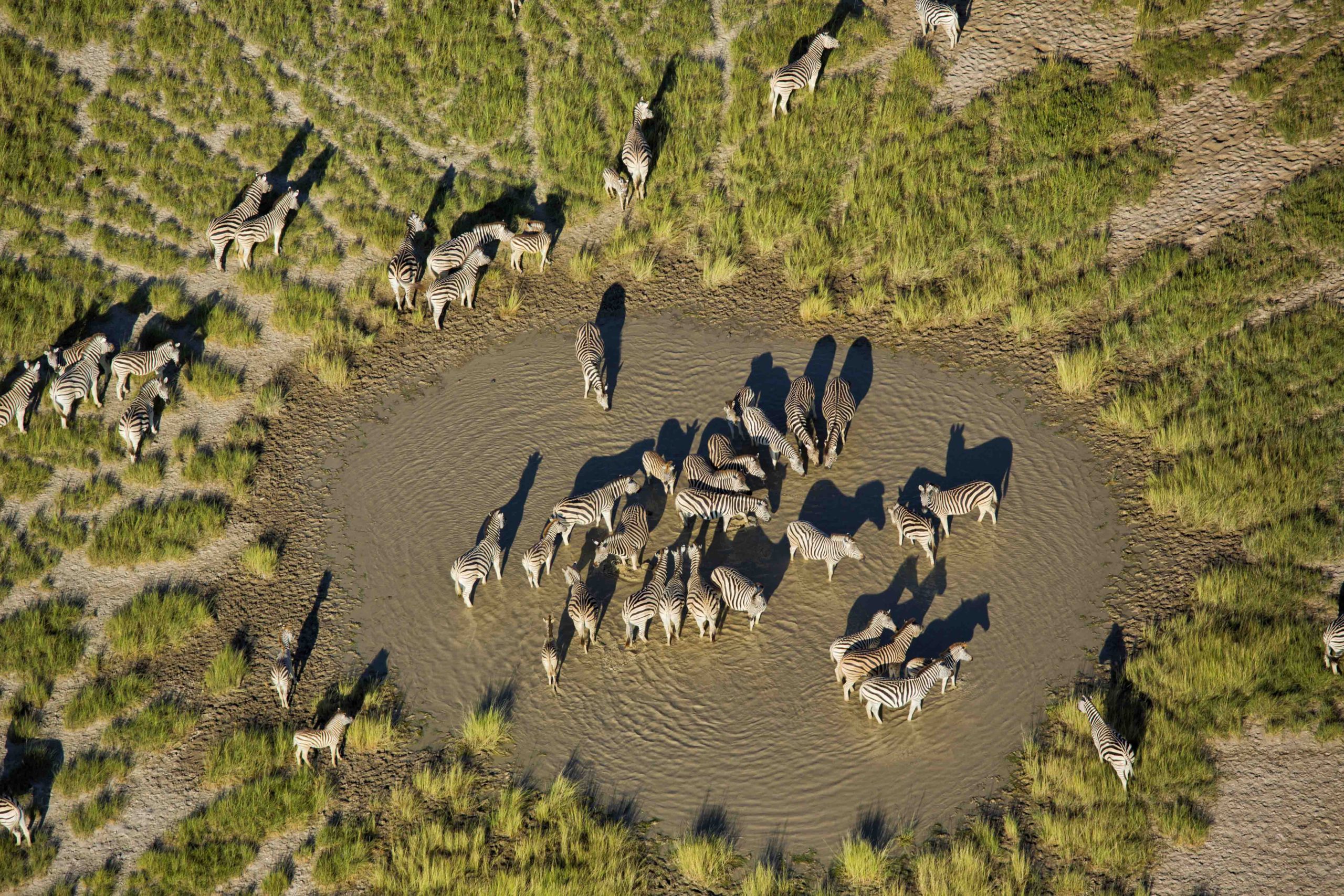
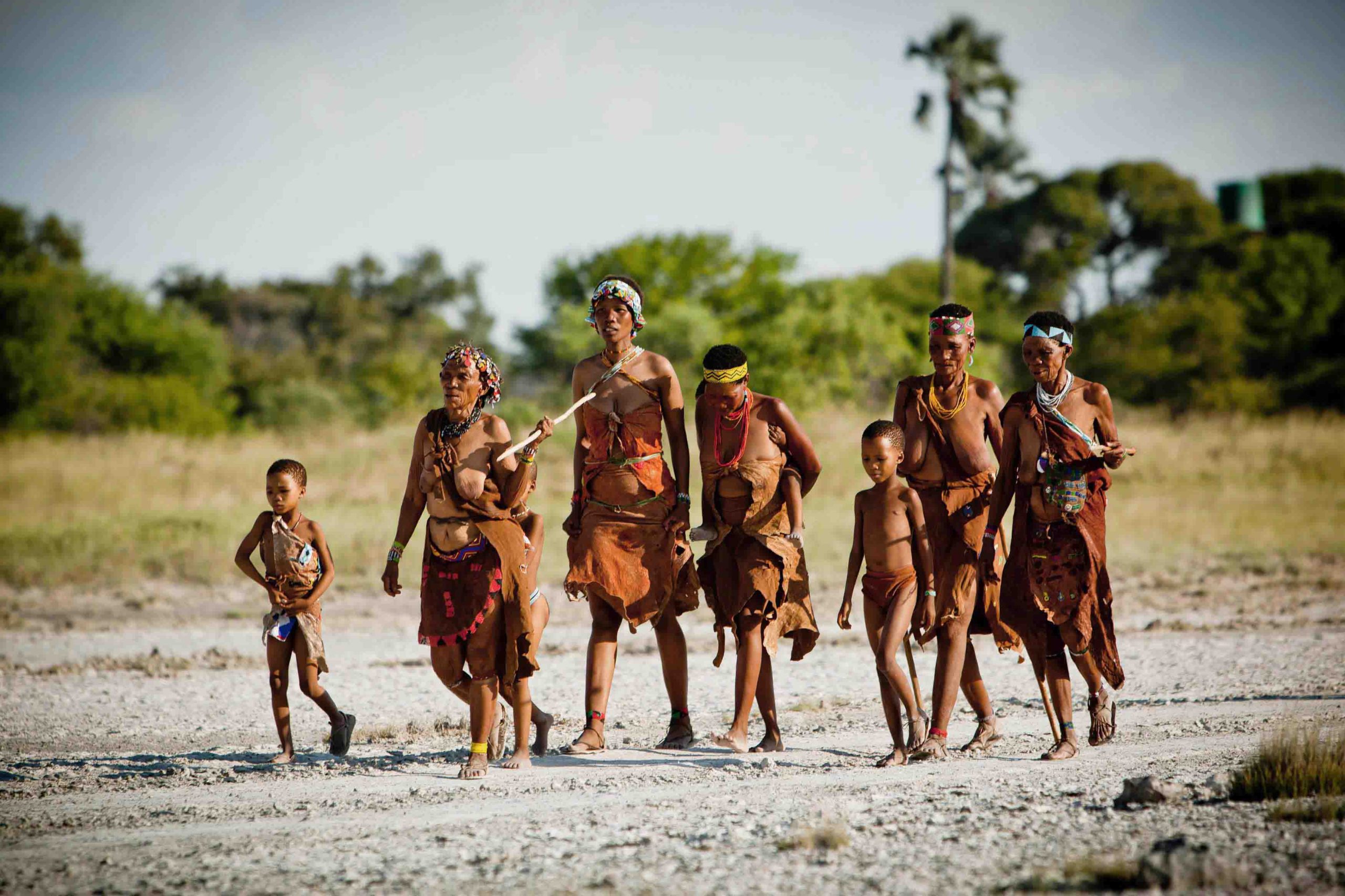
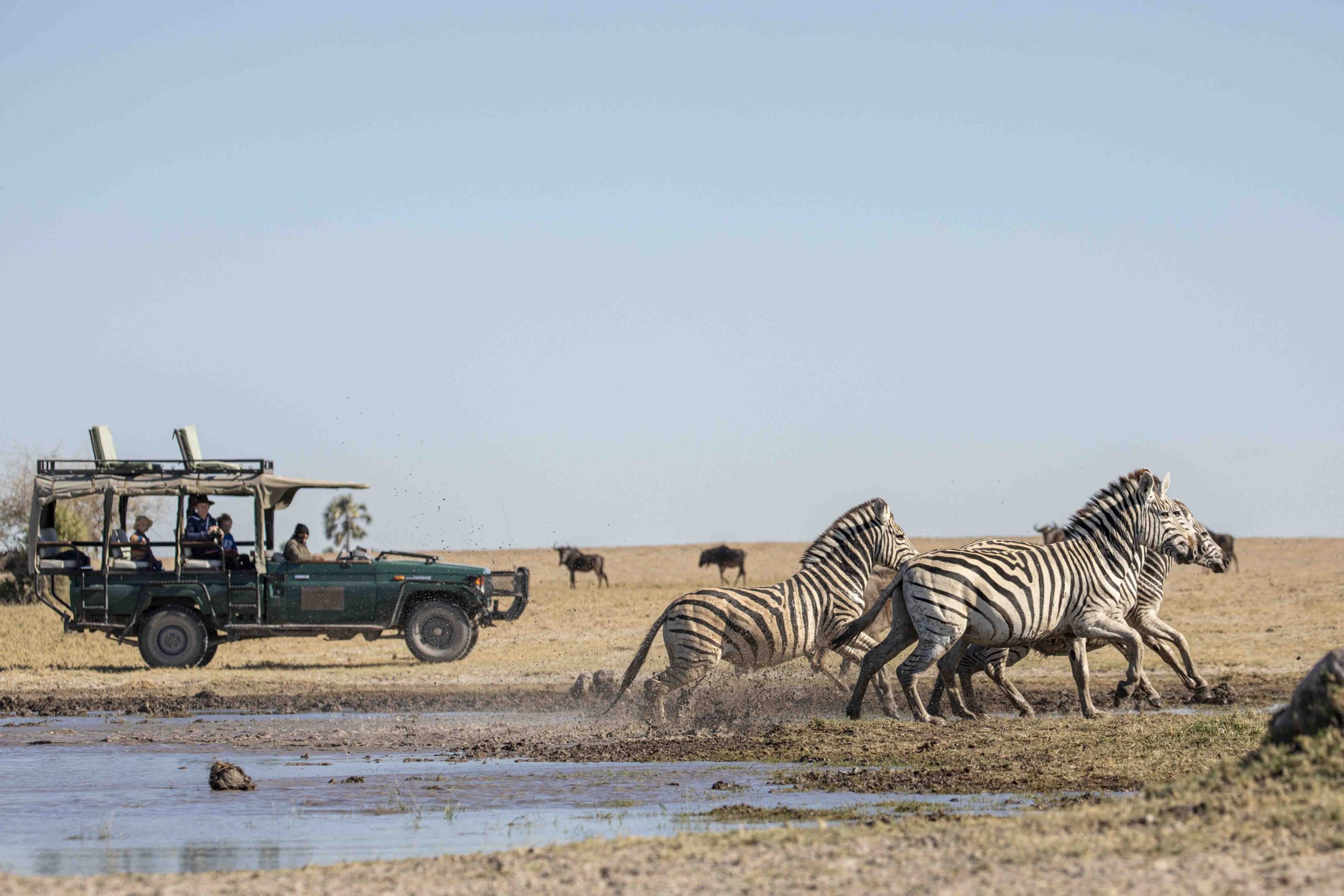
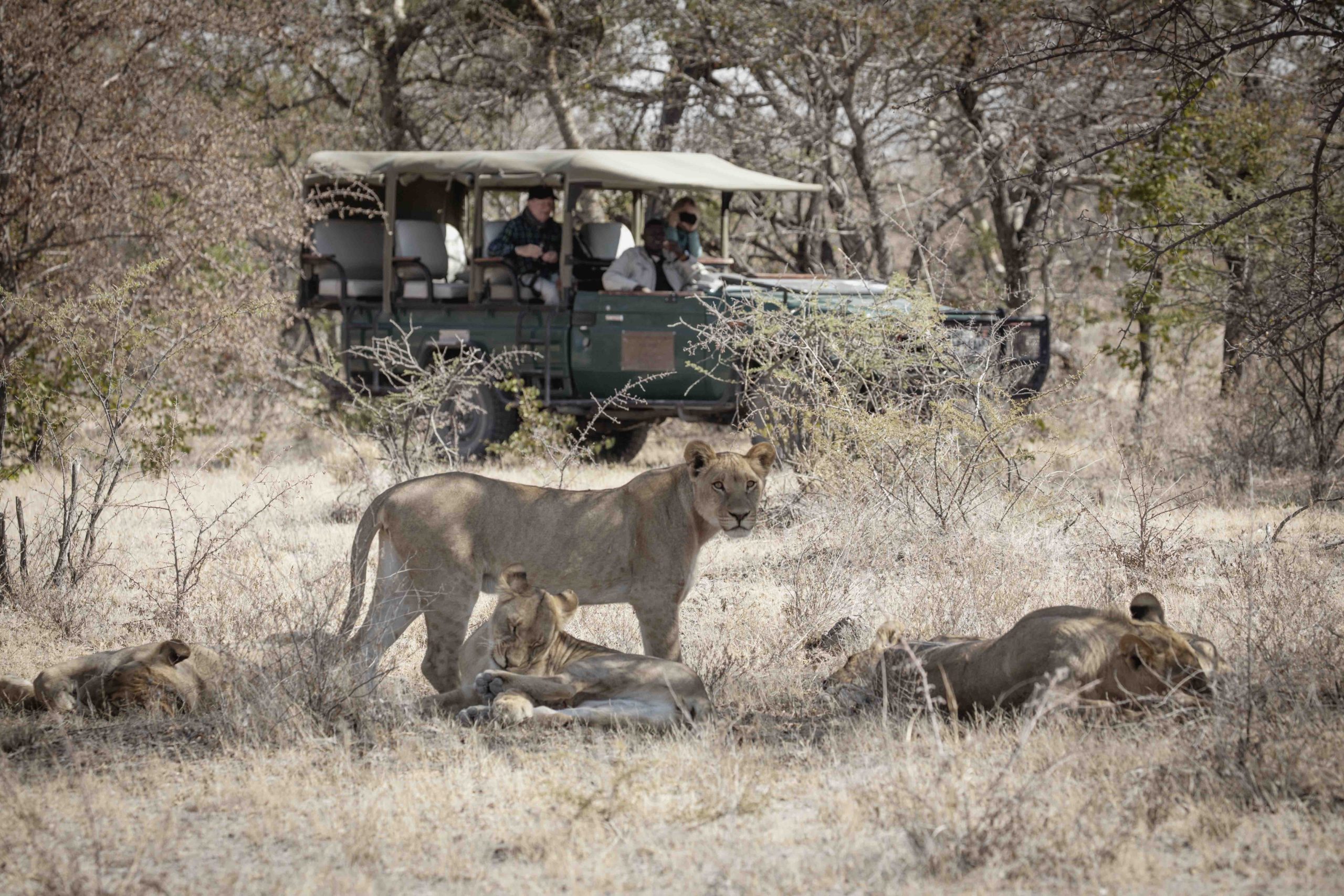
CAMPS
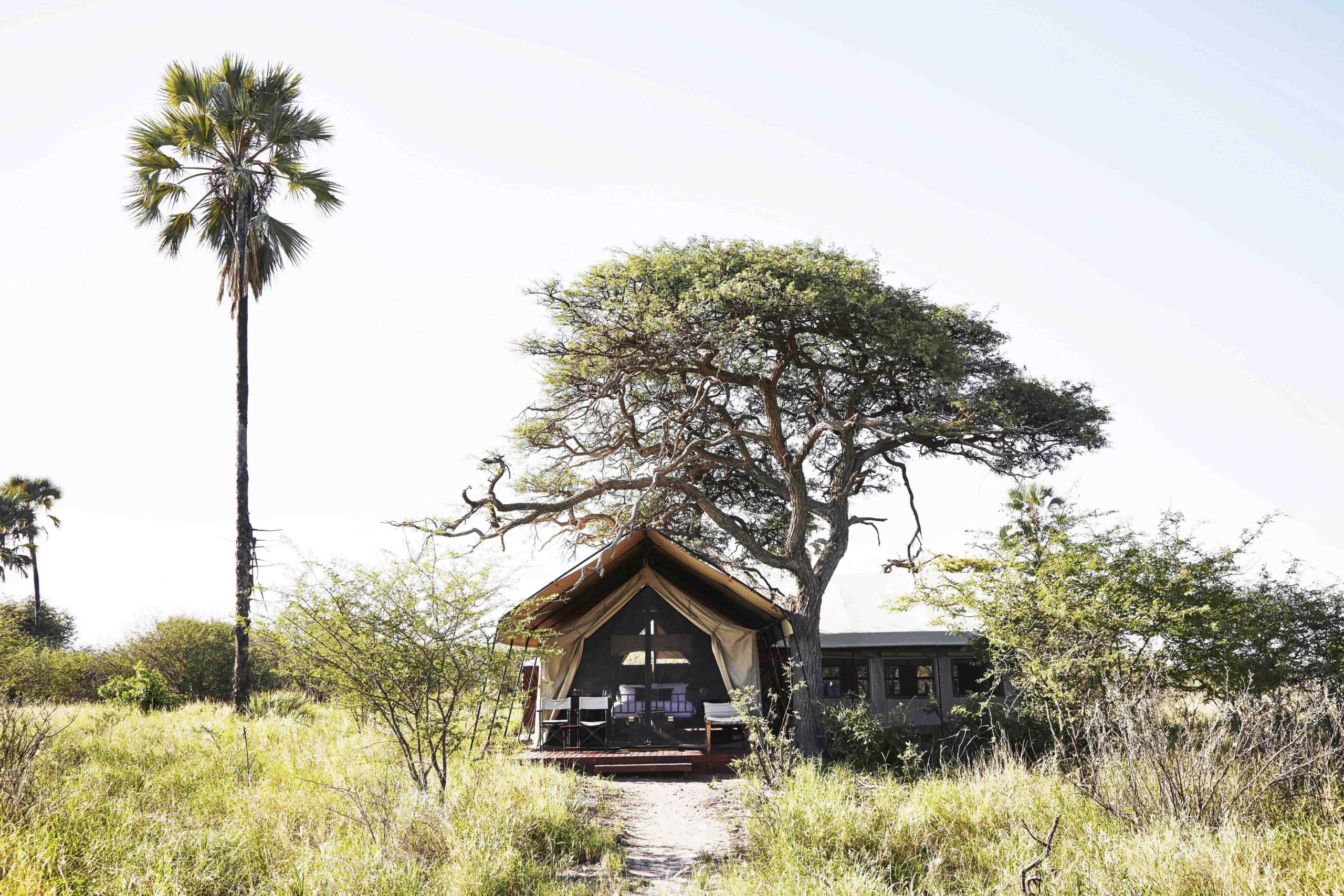
Camp Kalahari
